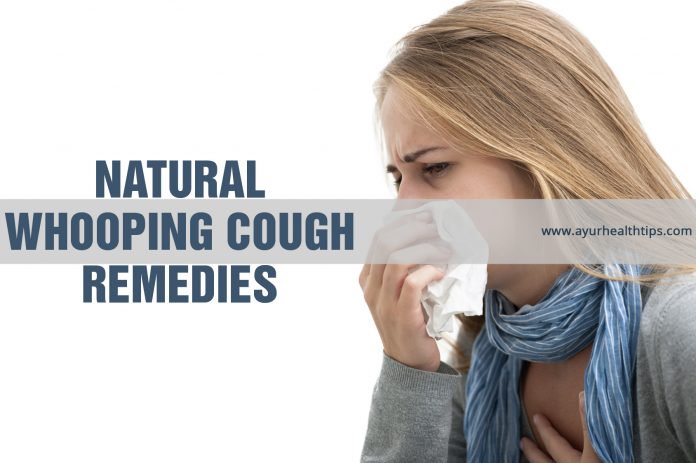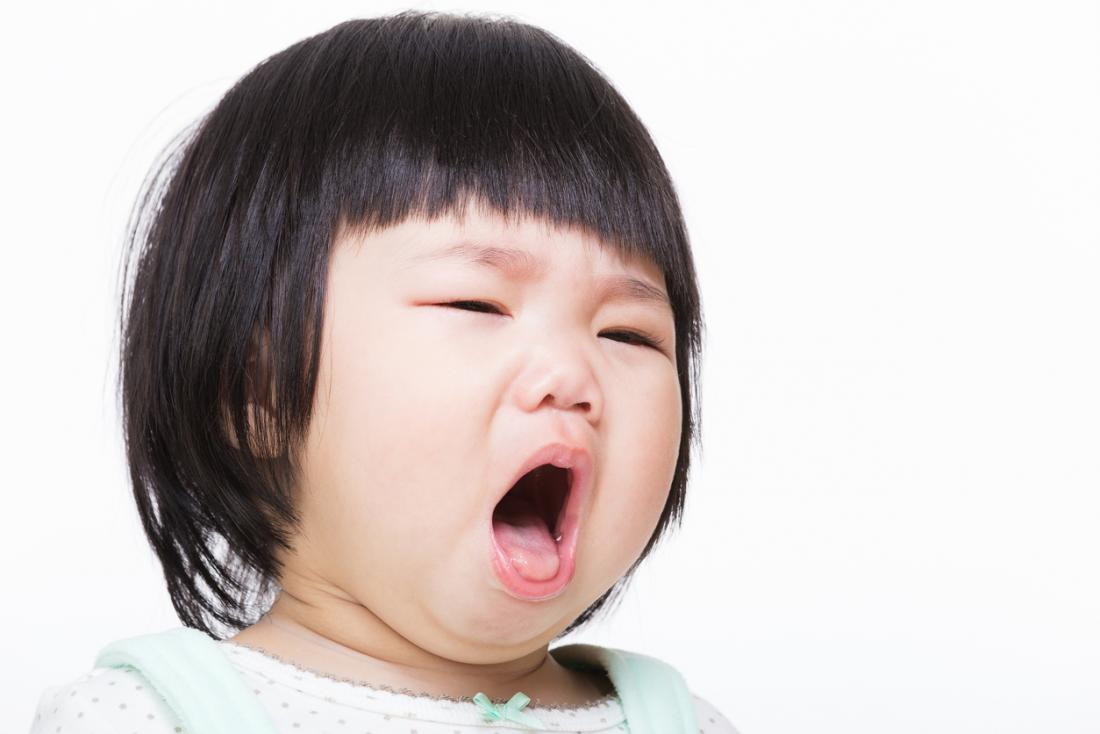
Bordetella pertussis, the causative organism of pertussis or whooping cough, is a Gram-positive, aerobic, non-motile, enveloped bacterium of the family Bordetaceae, and hence the name. Like B. bronchisepsis, B. pertussis is fastidious and shows a flagellate-like structure. It usually lives in the throat and nose, but also causes skin lesions and respiratory tract infection. The clinical manifestations of this disease include coughing, wheezing, mucous production in the airways, hoarseness, and breathing difficulties.
It is transmitted from person to person through direct contact with an infected individual. Usually, such direct contact occurs during coughing, sneezing, or sharing of bedding, towels and clothing. Other indirect ways of transmission include through inhalation of infectious secretions like sneeze, coughing, or coughing out of the mouth, during coughing or sneezing, and by contact with objects contaminated with infectious secretions. Although most people are immune to pertussis, there are some who are not so protected. Some infants cannot fight the disease and are prone to get pertussis.
Pertussis can be managed by proper diagnosis, including confirmation of bacterial pneumonia and bacterial vaginosis (BV) as well as a thorough physical examination for any abnormalities. If you think you have pertusis, make sure that the doctor you consult has you on the correct course of treatment for your condition.
Bordetellae pertussis can cause complications if treatment is not given in time. This includes serious problems like pneumonia, blood poisoning, and abscesses. In the lungs, infection may occur if antibiotics are used for too long. Antibiotic treatment will only give temporary relief from the symptoms.
Some medications are known to have the effect of suppressing the immune system, particularly those that are taken in combination with other drugs. Antivirals like cotrimoxazole or nystatin can help to lessen the impact of the pertussis on the body. These anti-bacterial agents reduce the bacterial burden in the lower respiratory tract.
Antibiotics may be effective in dealing with bronchitis and emphysema. Although these conditions often accompany pertusis, they are much more common in babies and therefore are easier to treat.
Another effective way of dealing with the disease is to prevent it from occurring. Avoid touching sick individuals and keeping the home clean and dry.

It is imperative that pregnant women take important precautions in order to avoid the occurrence of this disease in their babies and infants. Proper hygiene and protection are essential in preventing the spread of the disease. Avoid sharing of beddings, towels, bedding, bed sheets, cribs, shoes, etc., by babies and children.
All newborns and children should be breastfed. Breastfeeding reduces the risk of infant mortality caused by pertussis. It is also important that children are given plenty of warm water and clean drinking water. The baby’s skin is always damp so bathing it frequently can be helpful in preventing the disease from spreading.
To prevent the disease from spreading to your family, contact a doctor as soon as you suspect that your child is infected. For children under the age of one year, a test called the T-test is highly recommended. This test measures antibodies to pertussis in a baby. Babies can be tested for pertussis by exposing them to a small amount of contaminated milk.
You can also find a doctor at your doctor’s office, hospital, or community health center for testing. Infections can also be spread by sharing items such as toys or other items that contain bacteria. Ensure that all fluid or tissue from a patient diagnosed with whooping cough is properly discarded or disposed of.
If the illness is serious, there are several treatment options. Antibiotics are given intravenously to treat infections in children. You can also use topical ointments, suppositories, creams, or tablets. An oral or nasal spray may be prescribed.
Steroids, antihistamines and antiparasitic drugs can be used to get rid of the bacteria that cause disease, read more on this website https://lamido.co.id/. A variety of medications may also be prescribed for babies, including isotretinoin.
About the author